Pop-Up Card Design
The Main Idea
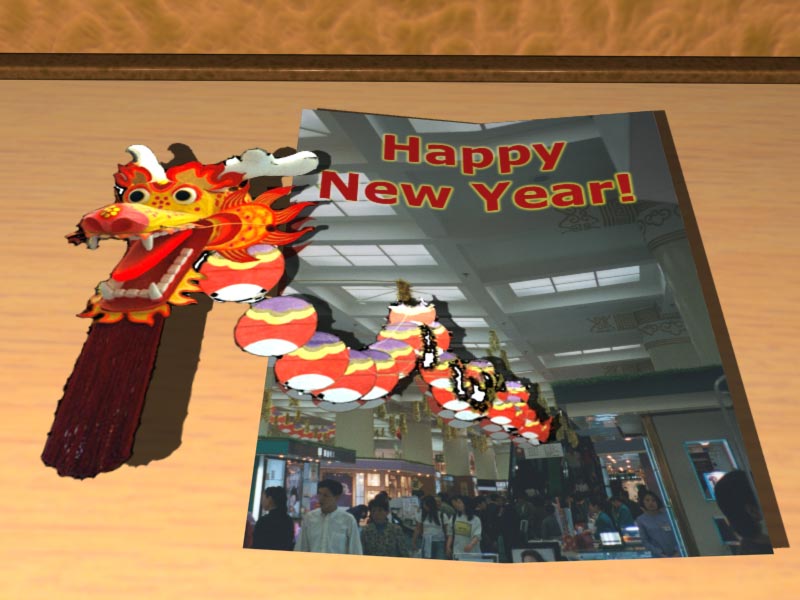 I love pop-up cards. I love to make them, send them, and receive them. Simple pop-ups can be wonderful, of course. You can create delightful cards with just one or two mechanisms that are easy to design and get right. A bird’s beak, or a single piece rising up from the card, can be a joy to discover. And when things are simple, the design process isn’t usually too hard or lengthy. You take a guess at what shapes you need, you cut them out, fold them, glue them in place, and see the result. If it’s not quite right, you adjust the shapes a little, cut them out again, and repeat. It usually takes only a couple of tries until it looks great, and then you can get to the fun work of drawing and painting your card.
I love pop-up cards. I love to make them, send them, and receive them. Simple pop-ups can be wonderful, of course. You can create delightful cards with just one or two mechanisms that are easy to design and get right. A bird’s beak, or a single piece rising up from the card, can be a joy to discover. And when things are simple, the design process isn’t usually too hard or lengthy. You take a guess at what shapes you need, you cut them out, fold them, glue them in place, and see the result. If it’s not quite right, you adjust the shapes a little, cut them out again, and repeat. It usually takes only a couple of tries until it looks great, and then you can get to the fun work of drawing and painting your card.
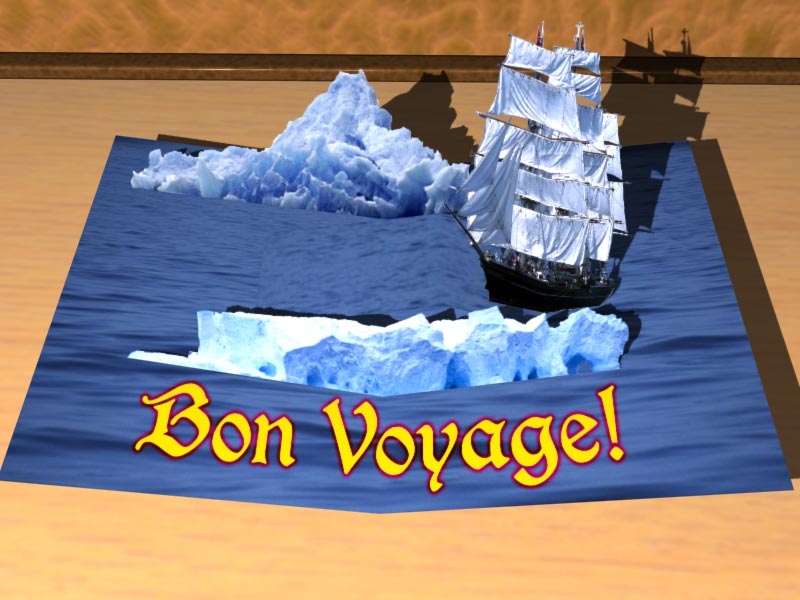 But if you want to make a more complicated card, with multiple moving pieces, things turn really hairy in a hurry. In complex cards, you often layer pieces on one another, so the folds produced by big pieces near the base drive smaller pieces, and those drive even smaller pieces, and so on. If you move or adjust one of the underlying shapes, you have to move or adjust all the shapes that build on it. The creative process of designing a friendly card can become a dreary treadmill of cutting, folding, gluing, testing, and repeating. And throughout this you have to make sure that none of your shapes collide or get in each other’s way as the card opens. I’ve gone through this too many times! One day I was contemplating a new card, and I could already feel my hands ache from the scissors from all that cutting.
But if you want to make a more complicated card, with multiple moving pieces, things turn really hairy in a hurry. In complex cards, you often layer pieces on one another, so the folds produced by big pieces near the base drive smaller pieces, and those drive even smaller pieces, and so on. If you move or adjust one of the underlying shapes, you have to move or adjust all the shapes that build on it. The creative process of designing a friendly card can become a dreary treadmill of cutting, folding, gluing, testing, and repeating. And throughout this you have to make sure that none of your shapes collide or get in each other’s way as the card opens. I’ve gone through this too many times! One day I was contemplating a new card, and I could already feel my hands ache from the scissors from all that cutting.
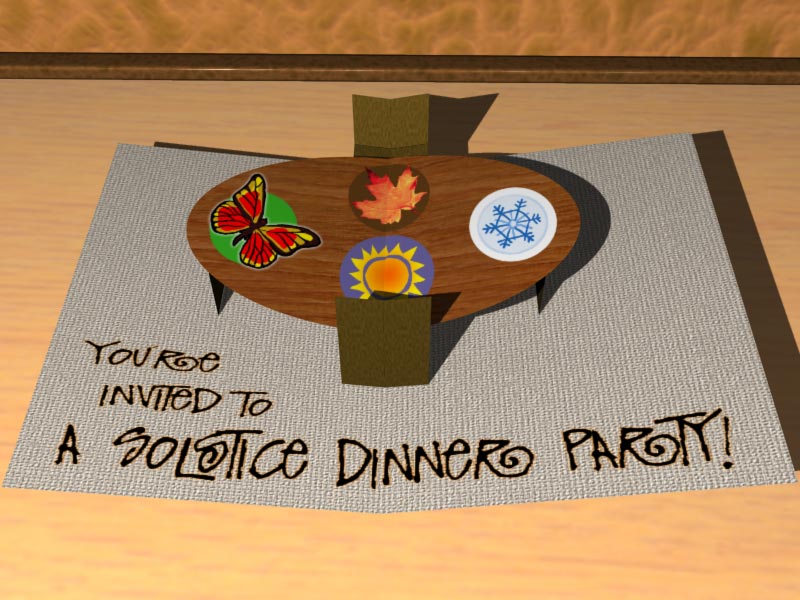 I wondered if there was a way we could make the whole process easier, not just for myself, but for everyone. If it was really easy, then even kids could design and make their own real, constructed cards that have lots of elements and moving pieces. I wanted to make that happen. After thinking about various physical construction aids, I decided that a computer program was the most flexible and pleasant solution. The idea was certainly not to write a program that designed pop-up cards for you! Rather, it’s a tool that helps you design your own cards. With a virtual card in front of you, you could just put your pieces where you wanted, and get them at the right size and right angle and everything else, just by dragging them around. You could even open and close the card to see how things in action. Then when the card looked right, you could ask the computer if any pieces collided or interfered with each other as the card opens. It could flag the collisions for you, and then you could move things around until it was all clear. Now you have a working card! The computer would print out the pieces. You’d cut them out, decorate them, and build the card. Of course, if you wanted, you could also draw or scan your designs into the computer and put them on the virtual card, so they’d print out with the pieces.
I wondered if there was a way we could make the whole process easier, not just for myself, but for everyone. If it was really easy, then even kids could design and make their own real, constructed cards that have lots of elements and moving pieces. I wanted to make that happen. After thinking about various physical construction aids, I decided that a computer program was the most flexible and pleasant solution. The idea was certainly not to write a program that designed pop-up cards for you! Rather, it’s a tool that helps you design your own cards. With a virtual card in front of you, you could just put your pieces where you wanted, and get them at the right size and right angle and everything else, just by dragging them around. You could even open and close the card to see how things in action. Then when the card looked right, you could ask the computer if any pieces collided or interfered with each other as the card opens. It could flag the collisions for you, and then you could move things around until it was all clear. Now you have a working card! The computer would print out the pieces. You’d cut them out, decorate them, and build the card. Of course, if you wanted, you could also draw or scan your designs into the computer and put them on the virtual card, so they’d print out with the pieces.
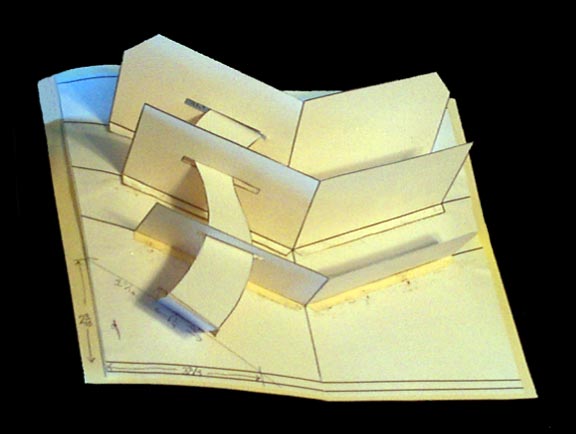 Here’s an example of the sort of thing that a program would be a tremendous help with. This is the “blank,” or undecorated version, of a change-of-address card I designed when I moved from the East to the West coast of the US. My trip took me through three mountain ranges, so the card shows a road (up in the air, for fun) passing through the three ranges. This blank is typical of the design process, when you’re just trying to get the geometry right before adding the artwork and cutting the shapes into more interesting pieces (here, the big vertical pieces would be cut into mountain ranges). You can see some of the measurement marks and guidelines. This blank probably took a dozen attempts until everything moved just the way I wanted, and the road didn’t get hung up moving through the mountain ranges as the card opened. Getting the sizes and locations of the slots just right wasn’t a lot of fun; it was the perfect sort of job for a computer!
Here’s an example of the sort of thing that a program would be a tremendous help with. This is the “blank,” or undecorated version, of a change-of-address card I designed when I moved from the East to the West coast of the US. My trip took me through three mountain ranges, so the card shows a road (up in the air, for fun) passing through the three ranges. This blank is typical of the design process, when you’re just trying to get the geometry right before adding the artwork and cutting the shapes into more interesting pieces (here, the big vertical pieces would be cut into mountain ranges). You can see some of the measurement marks and guidelines. This blank probably took a dozen attempts until everything moved just the way I wanted, and the road didn’t get hung up moving through the mountain ranges as the card opened. Getting the sizes and locations of the slots just right wasn’t a lot of fun; it was the perfect sort of job for a computer!
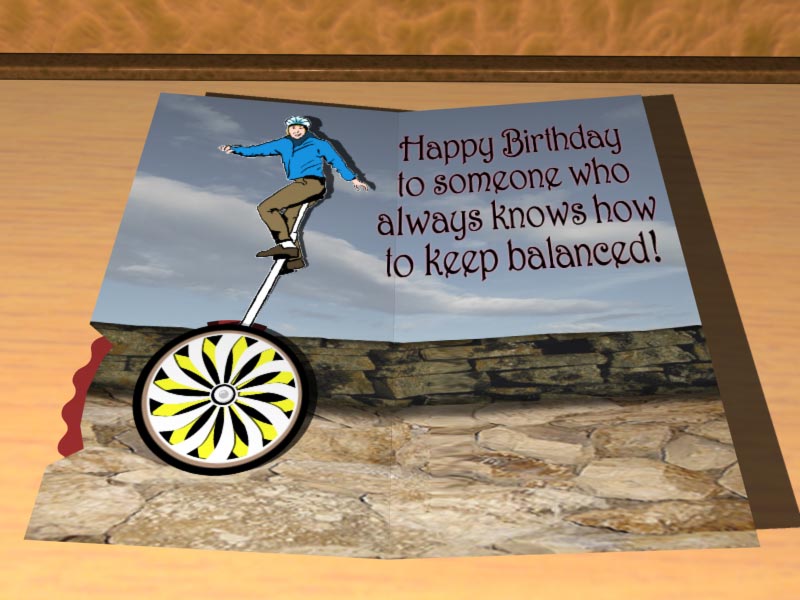 Writing the program involved figuring out some fun 3D geometry. When I was done, I could make all the standard types of pop-up mechanisms, as demonstrated by the rendered images you see here. I could also do several moving mechanisms, like the one shown here. By turning the notched wheel at the left of the card, the wheel of the unicycle spins, and the person balanced above rocks left and right. This is actually a pretty complicated thing to construct, with lots of little pieces hidden behind the card (actually, these cards always have a back on them, so the mechanisms are safely sandwiched between the layers). It was easy to physically build this card: I printed the pages, glued them to heavy card, cut them out, folded them, and assembled. Almost always the real, physical card holds a few surprises: things in reality don’t always look or feel like they do on the computer. So I’d usually have to make a few tweaks to the design, but getting those details right was pretty satisfying work. The biggest issues I had to address usually came from the fact that my program didn’t account for the thickness of the card stock. I wanted to add that, but never got around to it.
Writing the program involved figuring out some fun 3D geometry. When I was done, I could make all the standard types of pop-up mechanisms, as demonstrated by the rendered images you see here. I could also do several moving mechanisms, like the one shown here. By turning the notched wheel at the left of the card, the wheel of the unicycle spins, and the person balanced above rocks left and right. This is actually a pretty complicated thing to construct, with lots of little pieces hidden behind the card (actually, these cards always have a back on them, so the mechanisms are safely sandwiched between the layers). It was easy to physically build this card: I printed the pages, glued them to heavy card, cut them out, folded them, and assembled. Almost always the real, physical card holds a few surprises: things in reality don’t always look or feel like they do on the computer. So I’d usually have to make a few tweaks to the design, but getting those details right was pretty satisfying work. The biggest issues I had to address usually came from the fact that my program didn’t account for the thickness of the card stock. I wanted to add that, but never got around to it.
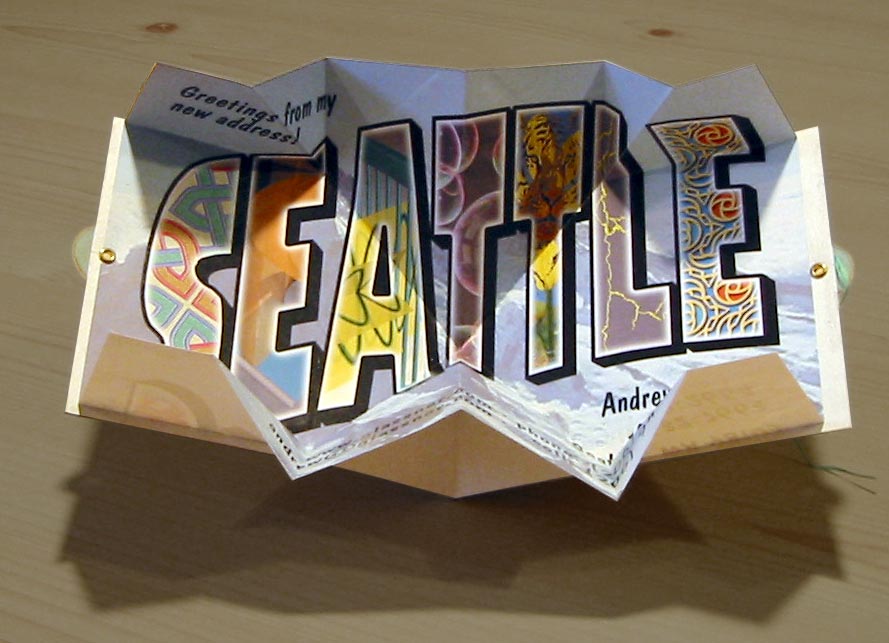 Here’s another finished card. This one didn’t even require any cutting or gluing. The card was held closed by two paper grommets, which were held closed with a length of mint dental floss. The floss held the card firmly, felt great, and made my card smell like mint!
Here’s another finished card. This one didn’t even require any cutting or gluing. The card was held closed by two paper grommets, which were held closed with a length of mint dental floss. The floss held the card firmly, felt great, and made my card smell like mint!
I developed my Pop-Up Assistant while at Microsoft Research, and I pitched this work (and the program) to a product group at Microsoft that wrote software for kids to help them make their own cards and other papercraft projects. The people I spoke to were interested, but the marketing people didn’t think it was worth pursuing, and it never became a product. The program itself is long gone (and it would be an antique by now anyway), but it wouldn’t be hard to write a new version of this program. Personally, I wish I still had my Pop-Up Assistant, because I’m now back to designing my cards the old way!
References
Glassner, Andrew S., “A Pop-Up Card Design Assistant,” Microsoft Research Technical Report MSR-TR-98-03, March, 1998.
Some of this work is covered under United States Patent 6,311,152.
Leave a Reply
You must be logged in to post a comment.
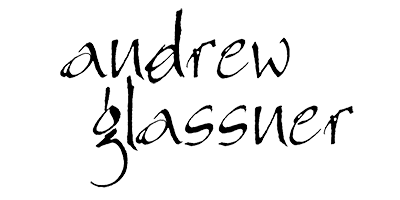
Leave a Reply
You must be logged in to post a comment.